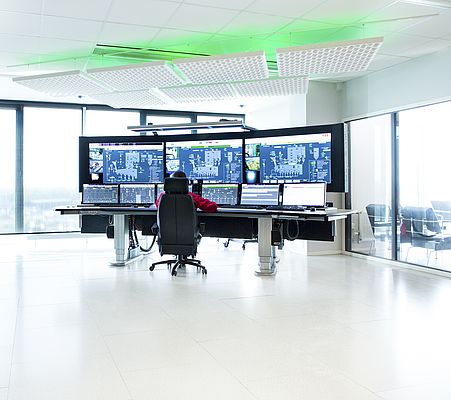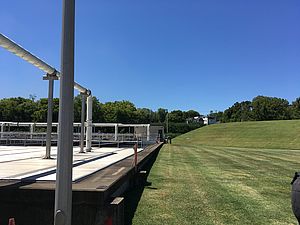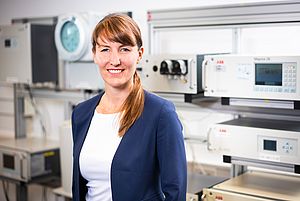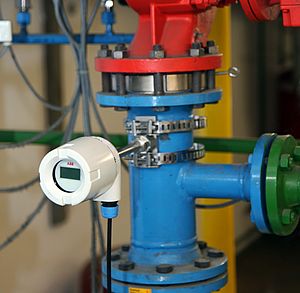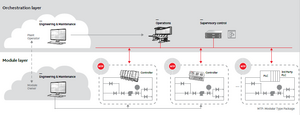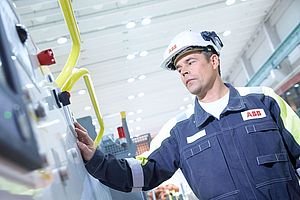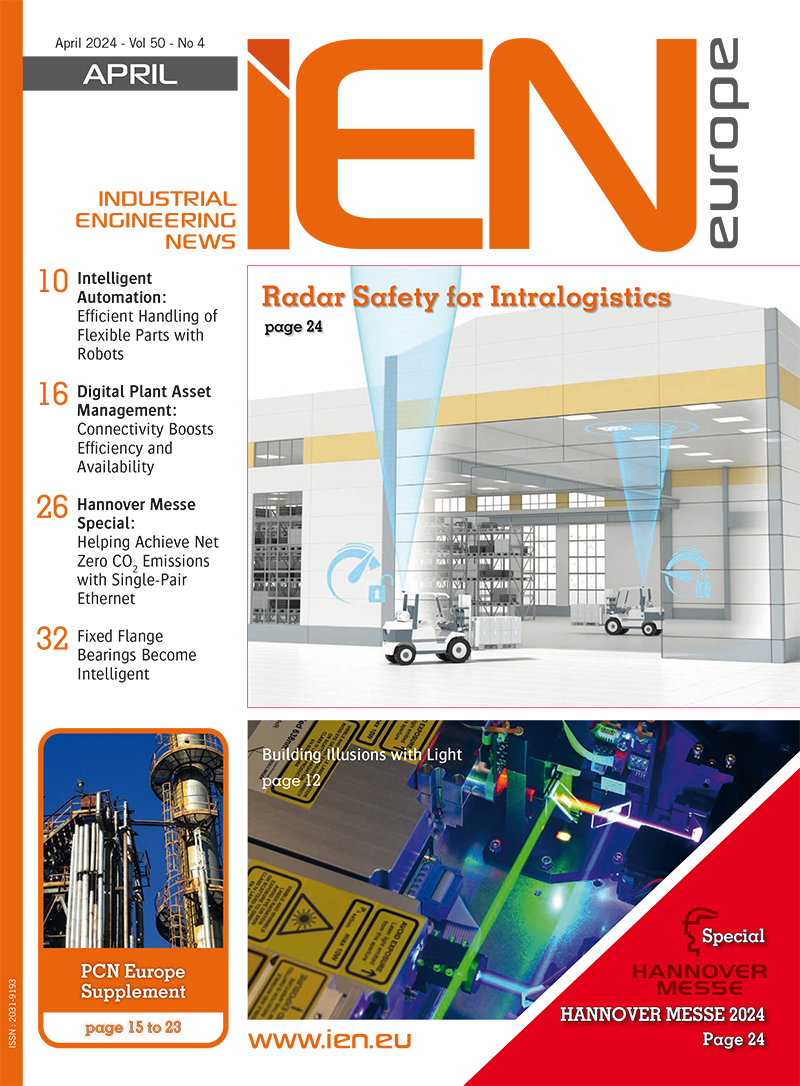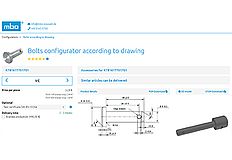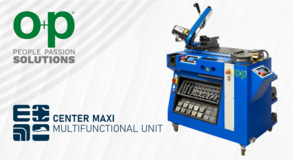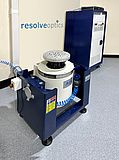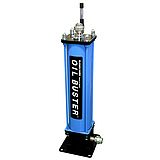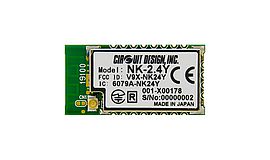Many industrial processes carry inherent risks. Despite growing automation, there is still a need for human involvement. Only those people with the right competence can bring the necessary intelligence, experience and motivation to solve problems and decide the criticality of a situation. Only they have the intimate knowledge of the process that means they can assess the likely outcomes, benefits and risk of action or inaction. Yet people are fallible and fatigue, poor communications with other control and process staff, inadequate experience or inattention can all lead to errors in the control room.
Beyond the control desk, poor planning, inattention to maintenance, failure to conform to standards or adopt best practices can all result in equipment not performing optimally and ultimately lead to accidents. This failure to manage safety can lead to frontline control room staff receiving blame for incidents as management can be reluctant to look at the root causes.
Similarly, although many techniques such as automated procedures, proper audit trails, management of change process, alarm management, situation‐based displays, human‐centered HMIs and control room design have been in widespread use for a number of years, some companies are reluctant to adopt them because of the perceived high costs.
A disaster waiting to happen
The importance of the human factor is exemplified by the disaster at the BP plant in Texas City, TX, where 15 people died and 170 others suffered injuries in a massive explosion and fire during the start-up of the isomerization process unit in March 2005.
According to the investigation report, the plant had a wide range of problems, including antiquated equipment, corroded pipes and safety alarms that didn't work. There were also three key pieces of instrumentation which were scheduled for repair, but which never happened. Add in the pressure to get the plant started up along with consistent lack of operating discipline, deviations from safe operating practices and complacency toward serious process safety risks and the disaster was almost inevitable.
The investigation found a catalogue of errors and mismanagement. Organizational failings contributed to the human factor in the incident with corporate cost‐cutting, a failure to invest in the plant infrastructure and a lack of corporate oversight on the safety culture and major accident prevention programs. There was a focus on occupational safety but not process safety, a defective management of change process, inadequate training of operators, a lack of competent supervision for start‐up operations, poor communications between individuals and departments, and outdated and ineffective work procedures which were often not followed.
A culture of safety
It is clear from the above example that the potential for accidents and incidents starts well before unsafe conditions or alarms are spotted, or not, by operators at the sharp end. Safety starts at the top, with senior management putting in place a safety culture that supports and encourages best practice among operators, designs out human error through rigorous adherence to standards and provides well maintained inspection processes and safety equipment, as well as monitoring system and displays that make it easier for operators to spot and react correctly to non-nominal conditions.
Manufacturers need to have an action plan of best practices to ensure a safe environment, including:
- Set up procedures for reducing incidents that include proactive asset management and written standard operating procedures
- Perform comprehensive hazard assessment after every incident or accident to ensure equipment meets baseline protection levels
- Manage process safety as an all‐inclusive effort where all parties (including third‐party contractors) possess appropriate process safety knowledge and expertise
- Consider an integrity management system to gain more knowledge of the current state of all plant equipment as it relates to safe operations
- Undertake retrospective HazOp implementing “what if” scenarios, particularly where plants undergo changes over the years.
- Perform layers of protection analysis (LOPA) to understand technologies in place to mitigate and reduce risk and the expected role of operators.
- Human-centered designed technologies to overcome potential human factors.
- Implement asset integrity management for the mechanical items on a production plant. Make sure the control valves, the emergency relief valves, piping and pressure vessels, etc. undergo inspections at defined frequencies
- Implement alarm management best-practices and design systems to facilitate accurate and timely fault prompting and diagnosis to operators
Technology plays its part
Once organizational and cultural factors are addressed, good practices can be supported by technology.
Integrating safety systems to plant automation are an important enabler across the industry, seamlessly displaying critical information or alarms. Utilizing common reporting tools for safety and basic process control systems (BPCS) creates an environment for consistent analysis and breeds familiarity with safety systems for the operator.
Operator ergonomics also plays a part. Good ergonomic design will improve the work environment. This in turn will improve alertness, which removes the potential to miss critical information due to fatigue. However, technology will not fix a problem unless the right processes and the right best practices are in place. Manufacturers need to enforce a strong safety culture that reaches every level ‐‐ and it must start at the top.
Luis Duran, Global Product Manager Safety Systems and Cyber Security at ABB


